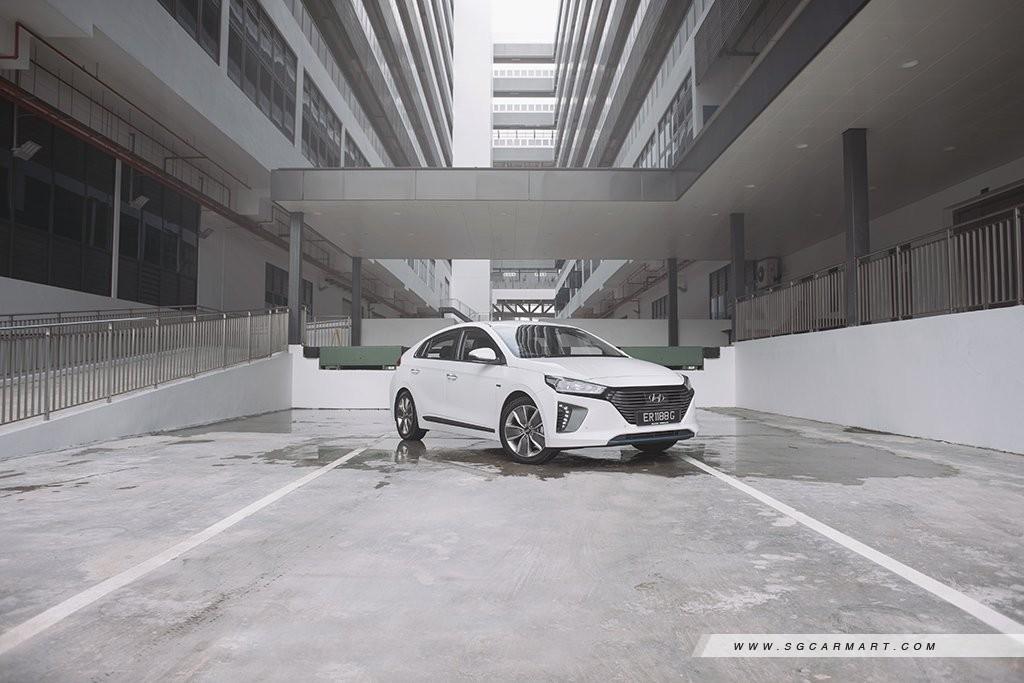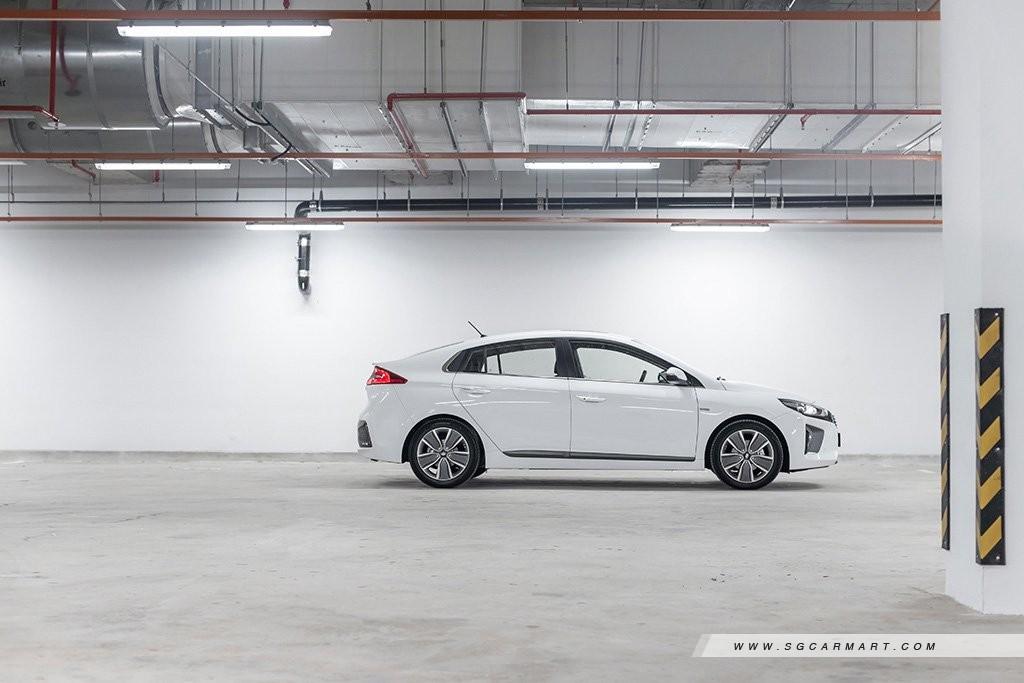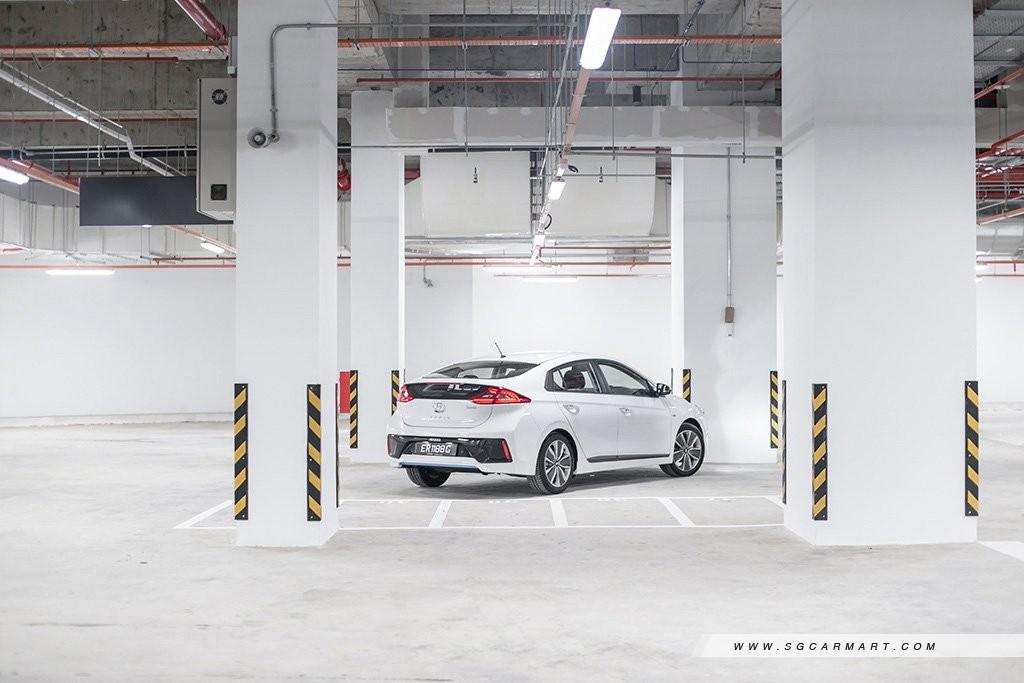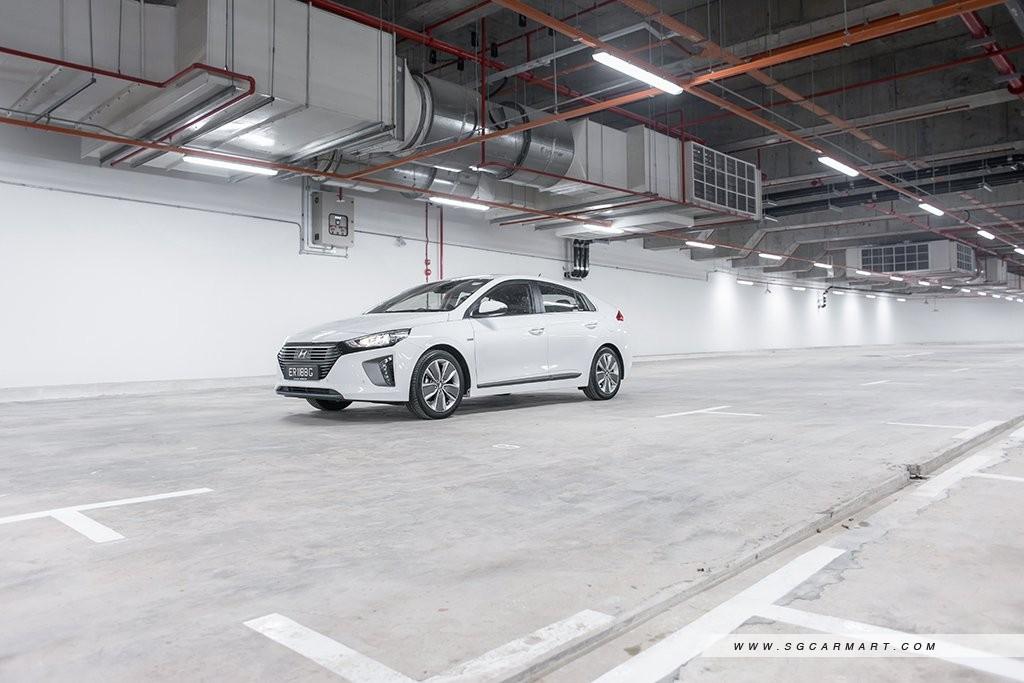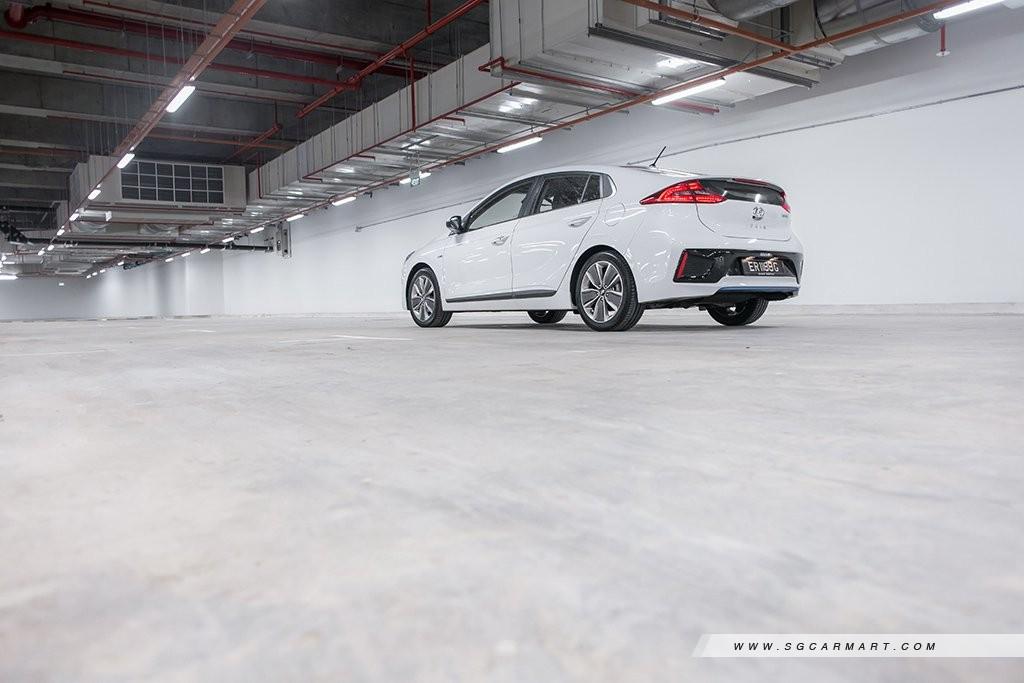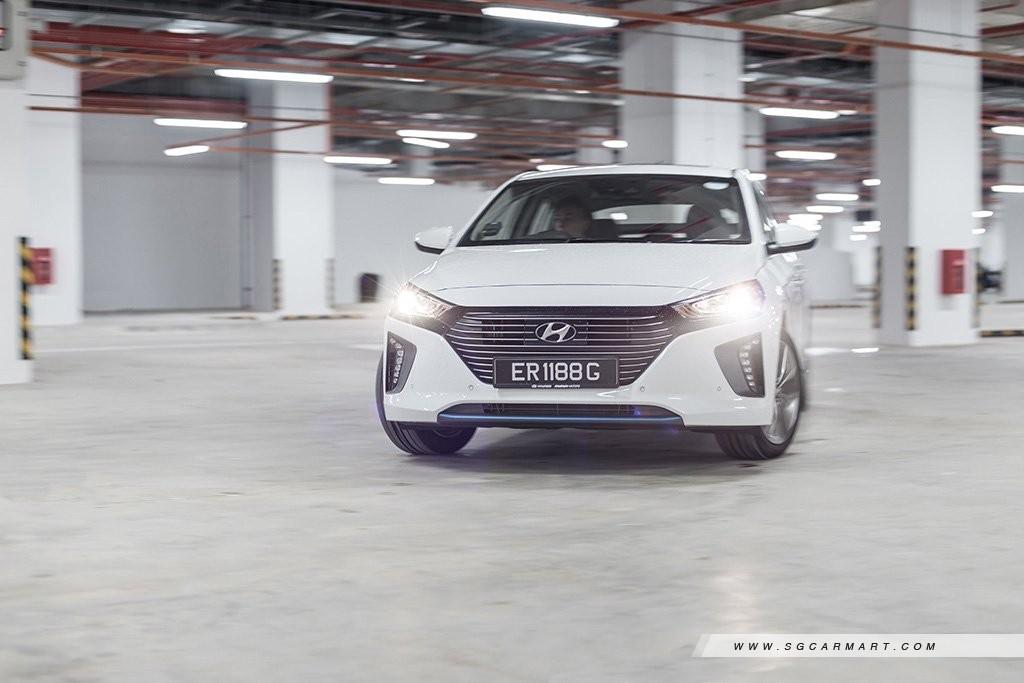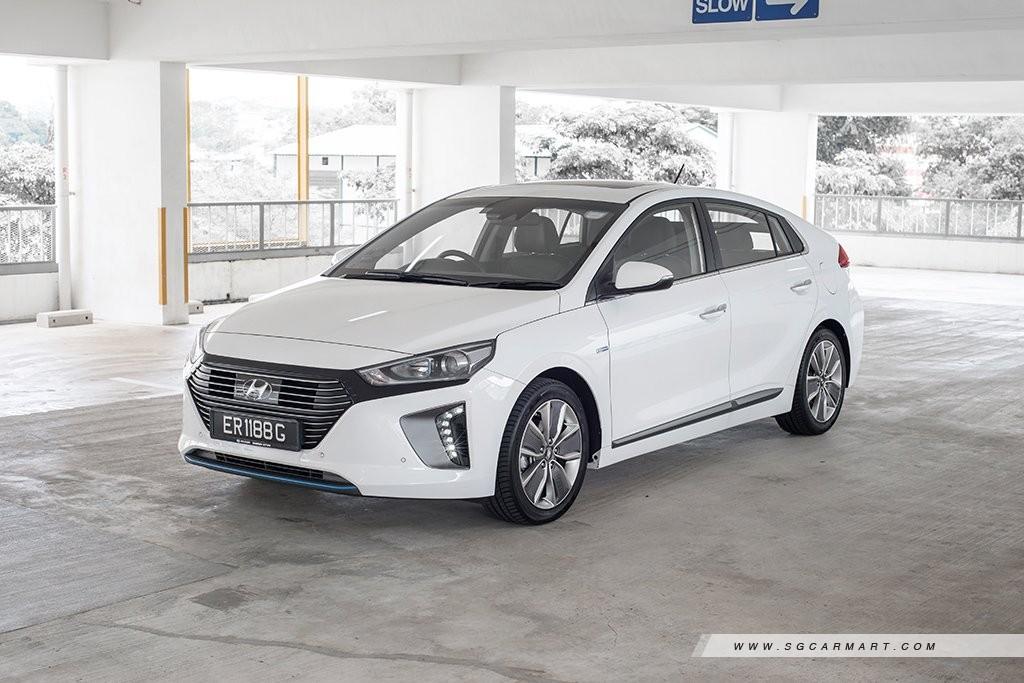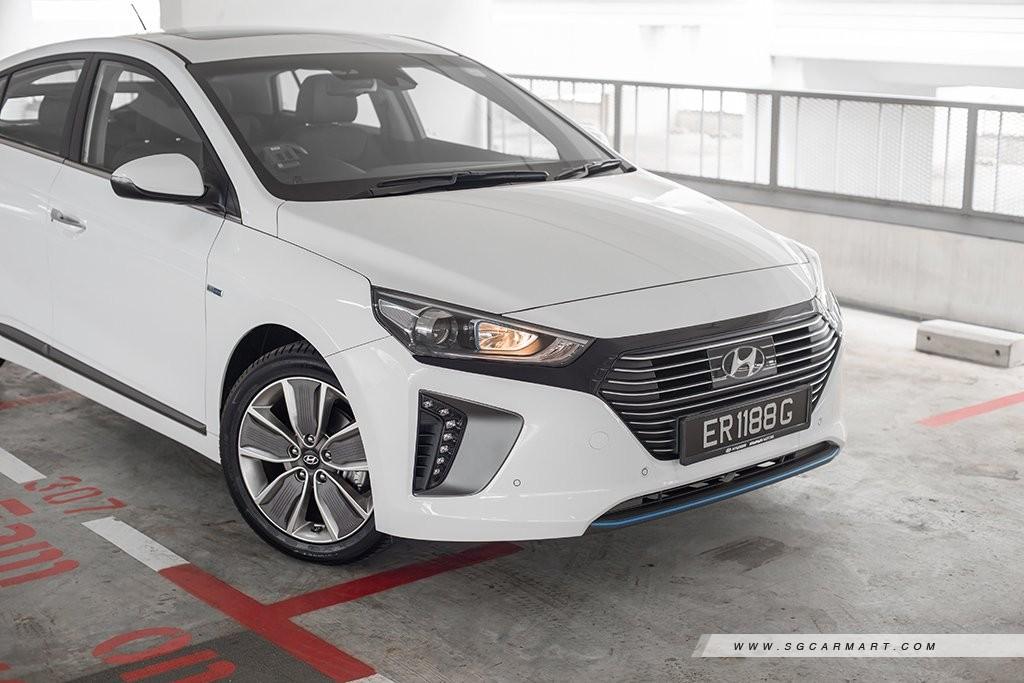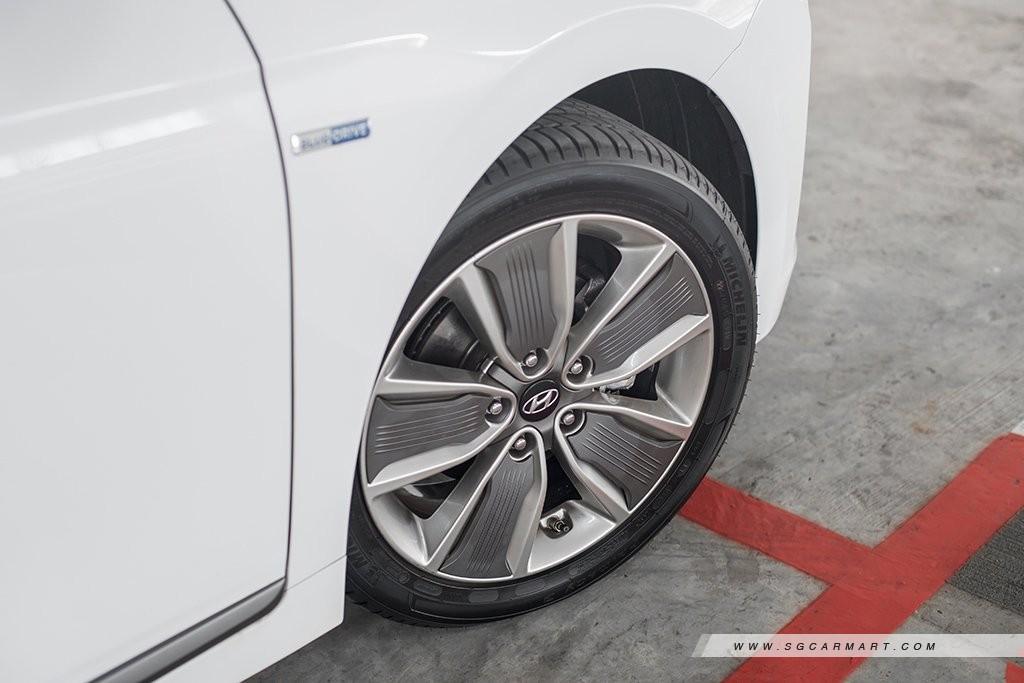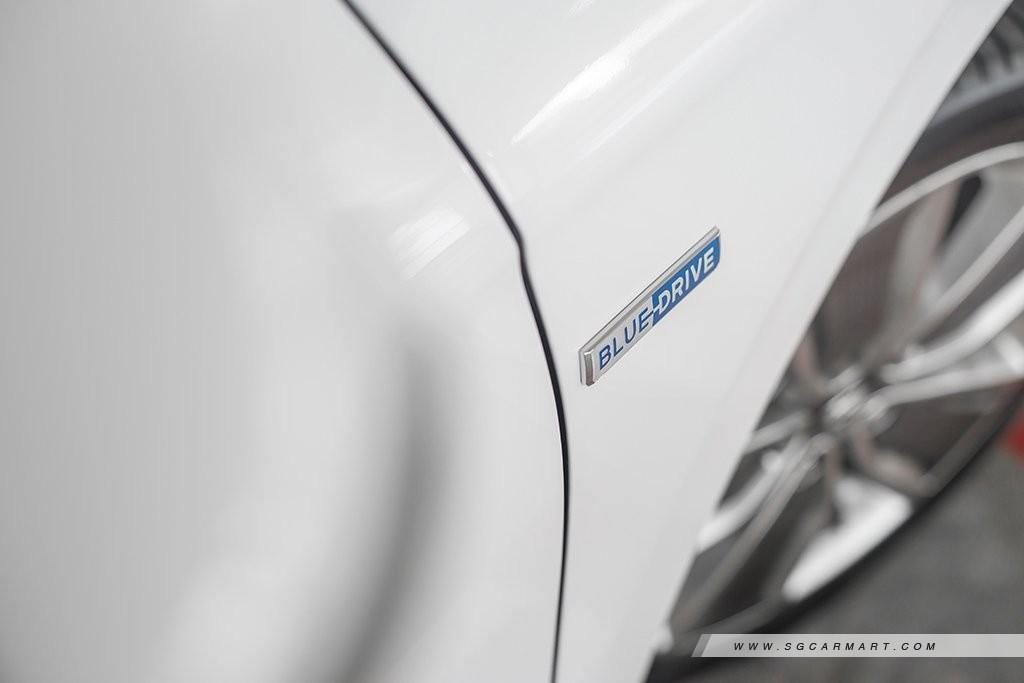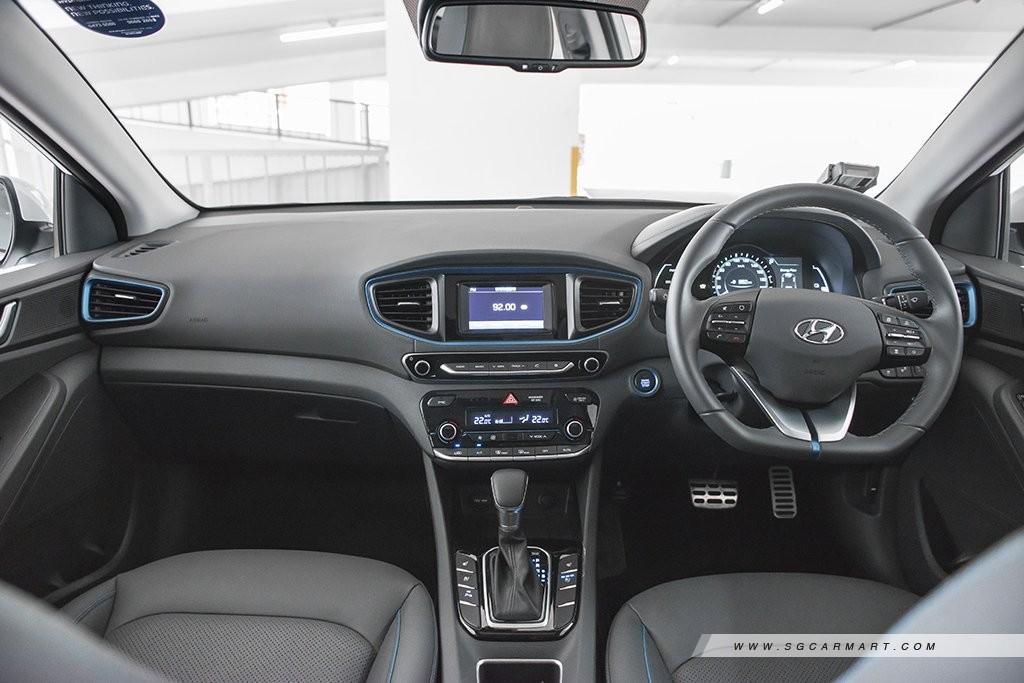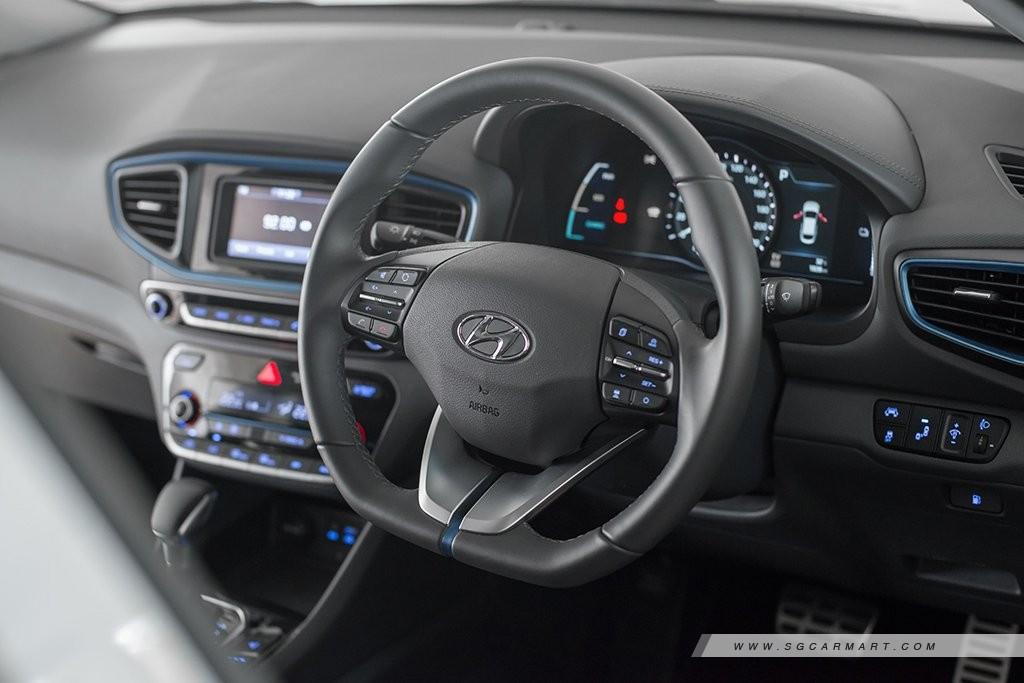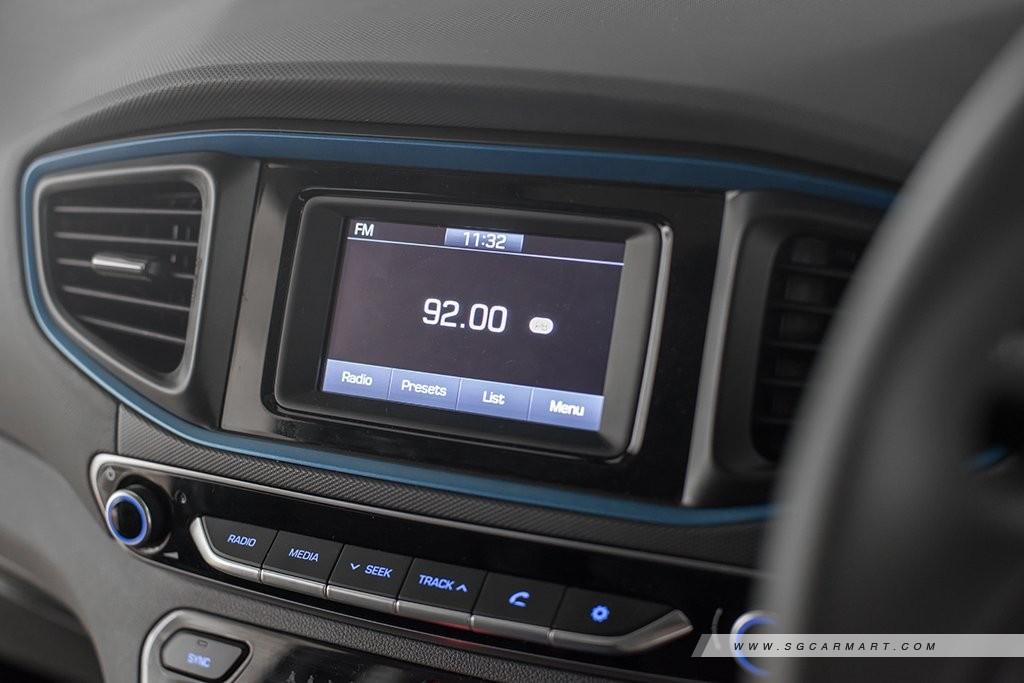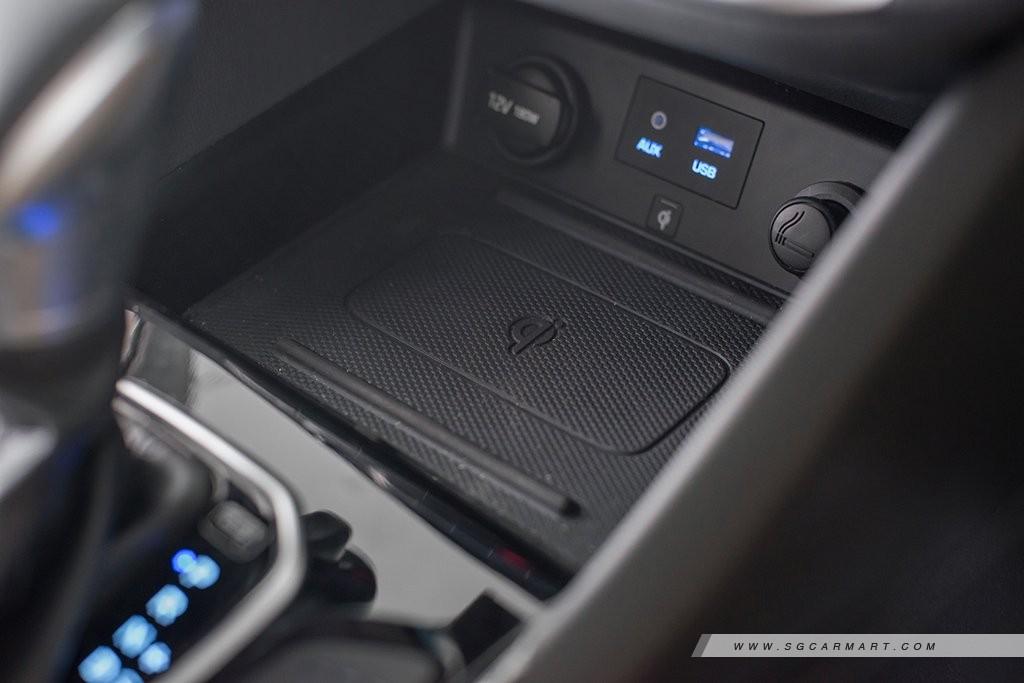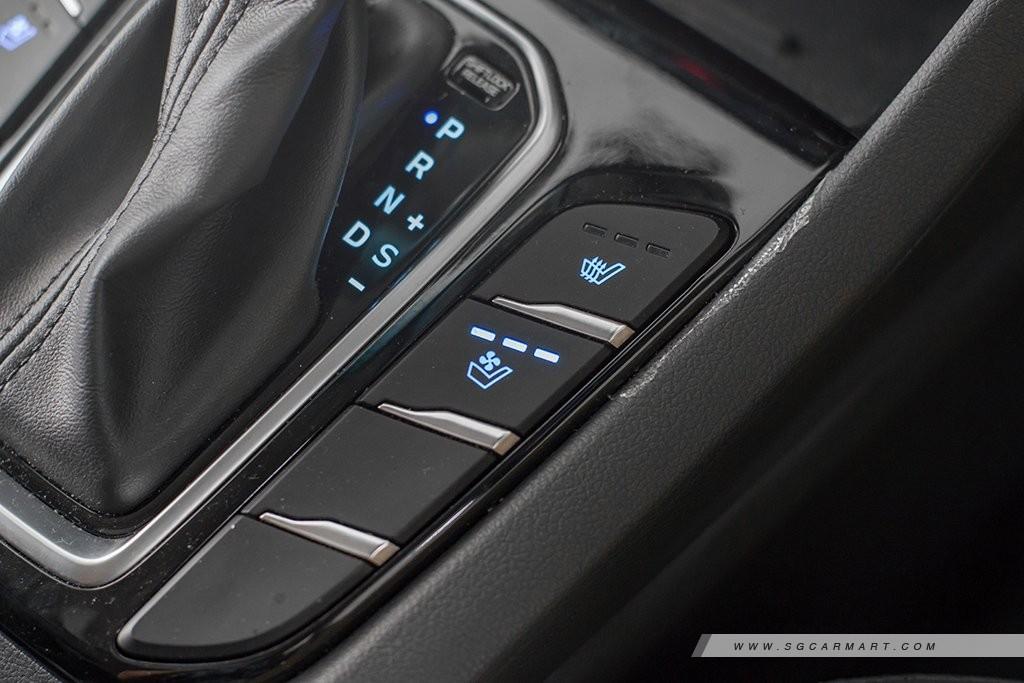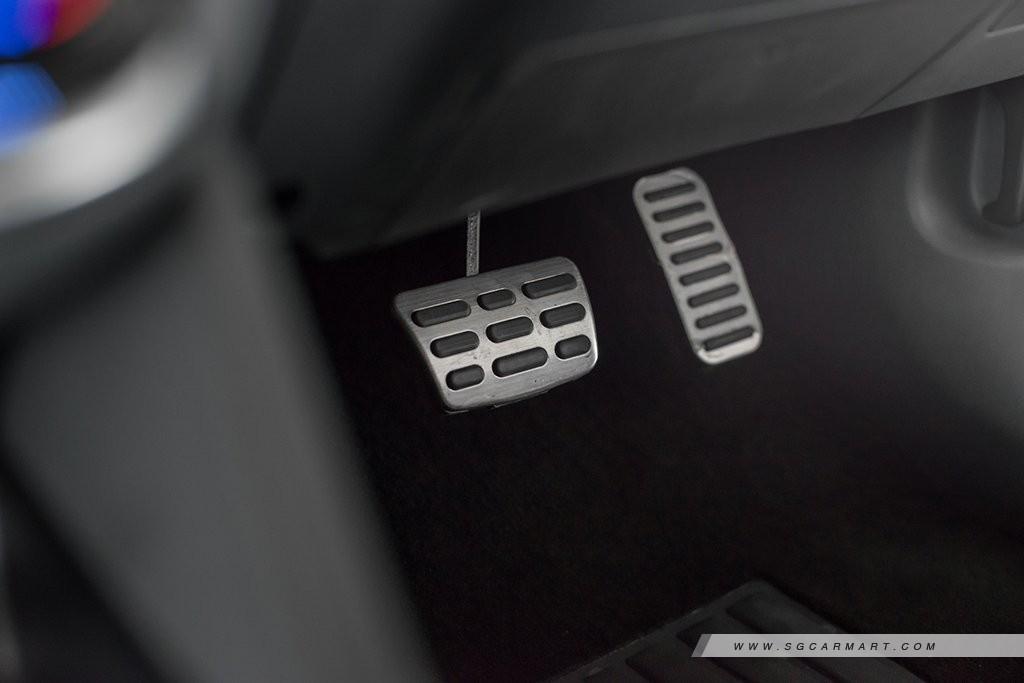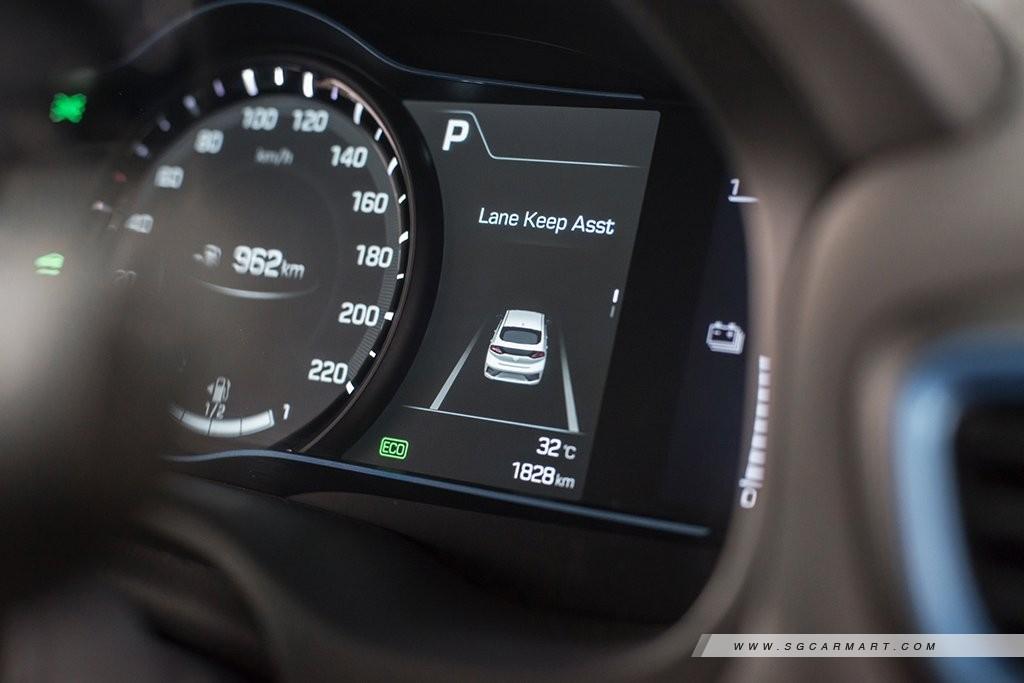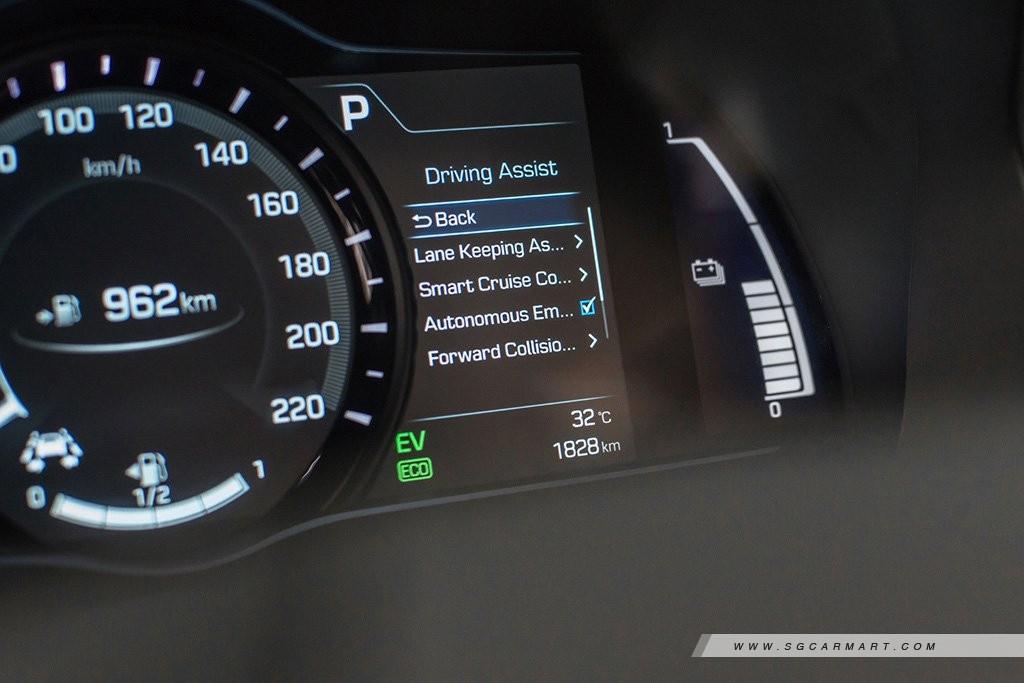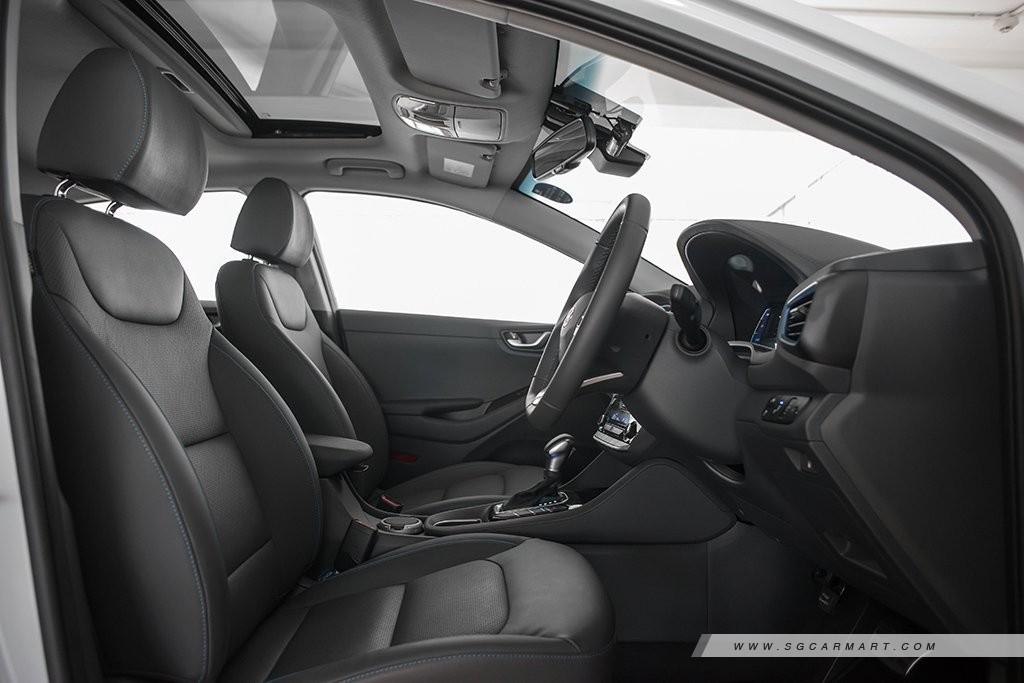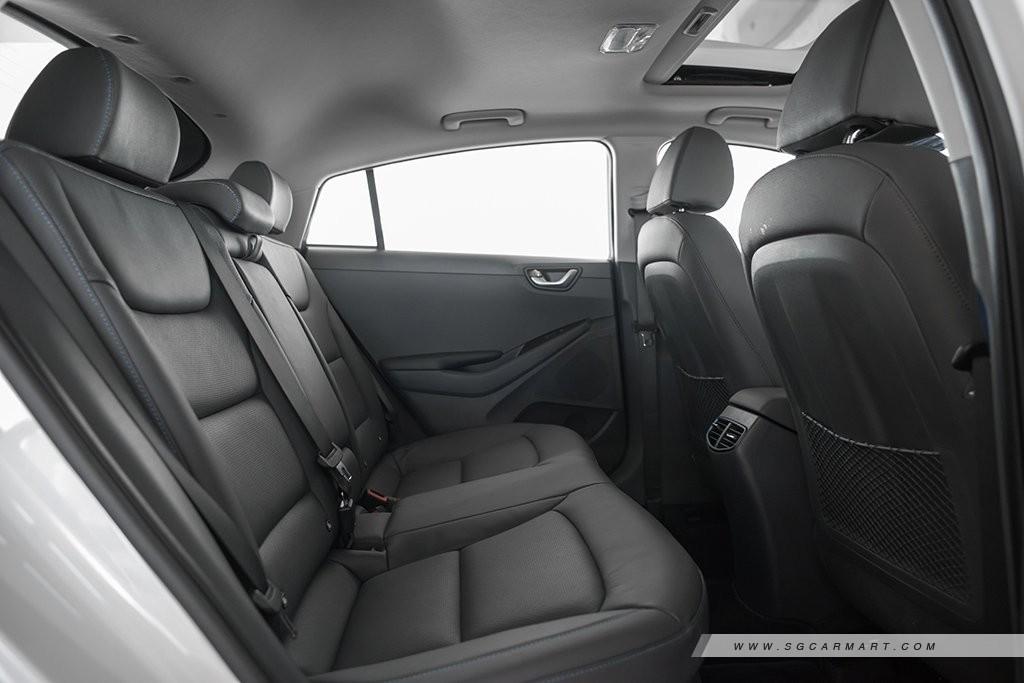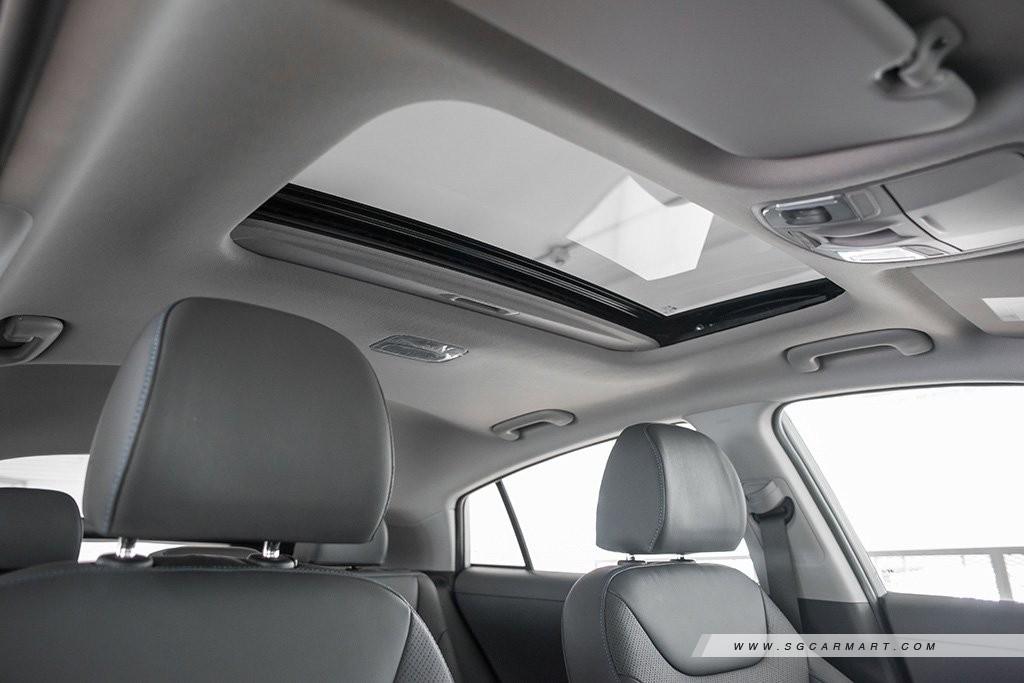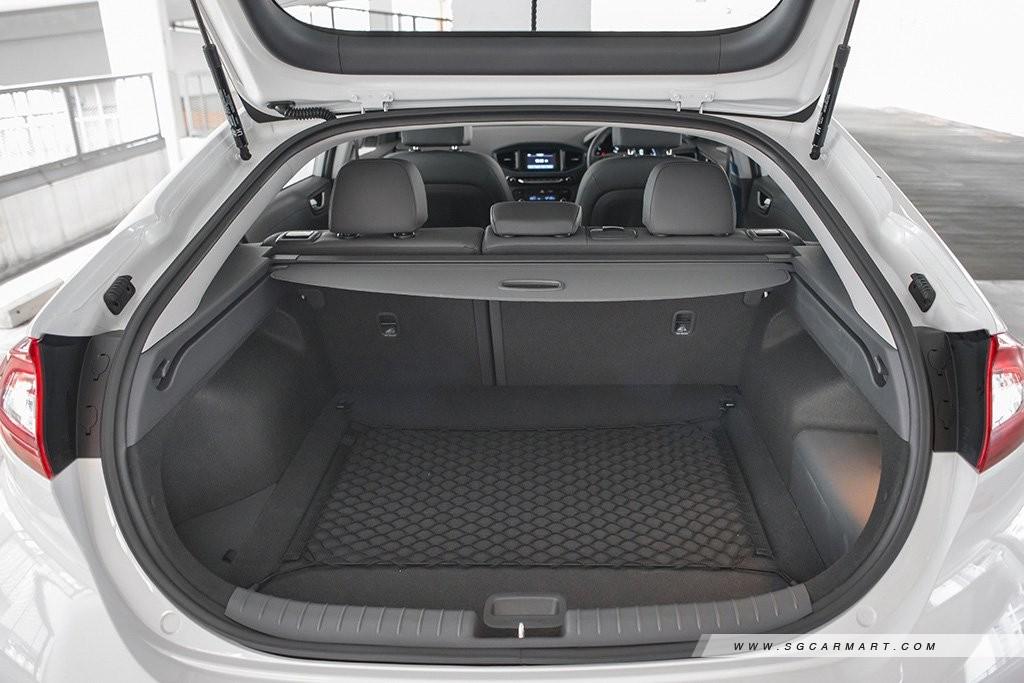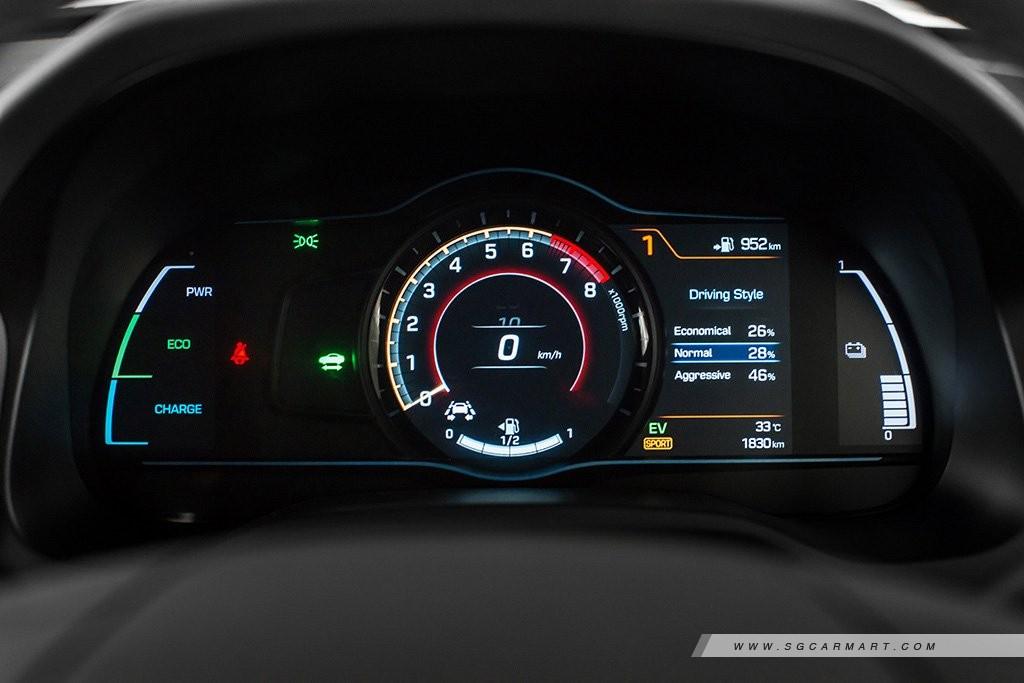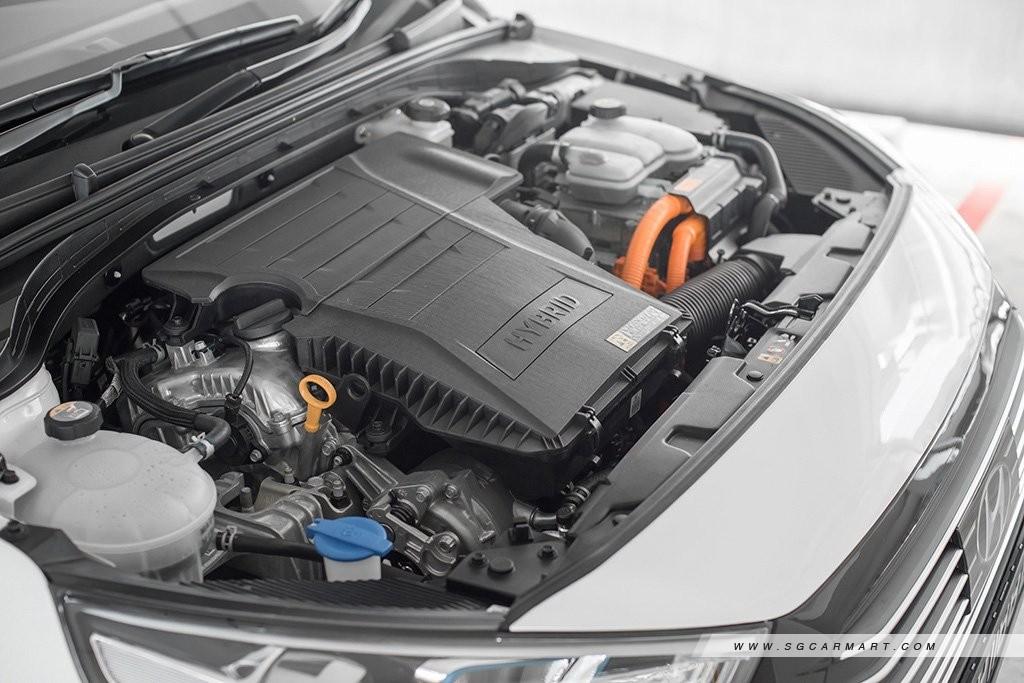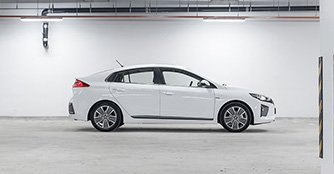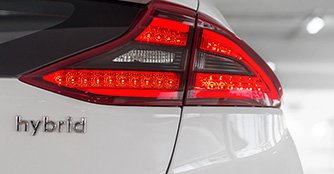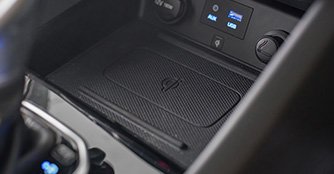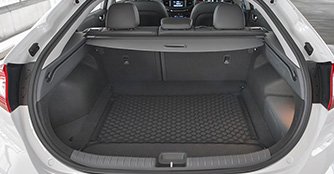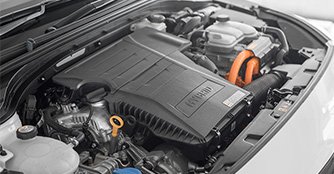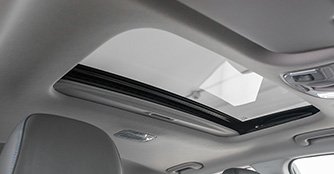Hyundai Ioniq Hybrid 1.6 GLS (A) Review
13 Feb 2017|34,661 views
What We Like
Plenty of in-car storage for personal items and gadgets
Switches from petrol to electric power smoothly
A lot of technology for its price
What We Dislike
Engine can be a little vocal when revved
A little late to the hybrid party
Competition is hard to beat
The Ioniq is a long overdue attack by Hyundai on the Toyota Prius and its dominance on the hybrid family car market. It also gives a constant but mostly subtle indication of Hyundai's vision for the future of motoring, rather than forcing a major change upon us.
In other parts of the world, the Ioniq is also available as a plug-in hybrid and an all-electric, which gives this one car three different drivetrains. Singapore gets the petrol-electric hybrid version, for now. Local official Hyundai dealer, Komoco, has plans to bring in the all-electric version in the near future.
Quite the wallflower
Apart from the slightly awkward front end, the Ioniq passes the test for not looking too much like an electric car, in that it doesn't seem to shout too loudly about its planet-saving credentials, unlike the more futuristic-looking Prius.
Depending on your perspective, you might consider the Prius unattractive, no thanks to its overly angular and edgy fascia. The front features a zigzag effect at the corners and other flourishes that identify your car as the famous Toyota hybrid.
Hyundai took the opposite approach with the Ioniq, which remains fairly low-key. This means that you probably won't be turning heads, but you'll at least have heads nodding at your green motoring attempts.
Young and humble
Step inside and the 'just a regular car' theme continues, without any sign that Hyundai was tempted to visit the Tesla School of Futuristic Interiors and slap a huge touchscreen on a buttonless dashboard.
Instead, a more reserved approach sees a familiar layout with a high-resolution 8.0-inch screen with Apple CarPlay and Android Auto-enabled infotainment system for on-screen control of music, telephone and navigation functions.
The Ioniq's hints at the future come in the form of the blue interior detailing and a musical chime each time you switch the Ioniq on and off.
Bang for buck
In the GLS guise of our test car, there came an impressive amount of kit. At $118,888 (as of 9th February), you're getting a lot for your money.

Tech treats include radar cruise control, lane keep assist that automatically steers to keep you in lane, and a whole suite of other driver-assistance features you would have to pay big money for in made-in-Germany sedans like the Audi A4.
Everyone who buys an Ioniq will get dual-zone climate control, a sunroof, rear parking sensors and a rear camera. There's more too - automatic headlamps and wipers, tyre pressure monitoring, Bluetooth, and a USB port all come as standard.
There are also front passenger and driver ventilated seats, as well as a nifty wireless charging bay for your Samsung phone.
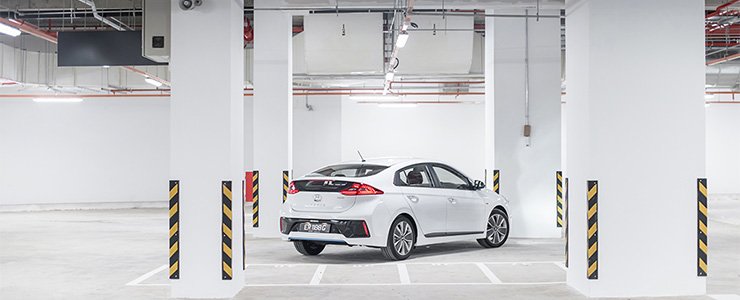 |
Space cadet
Measuring 4,470mm x 1,820mm x 1,450mm (L x W x H), the Ioniq isn't quite as spacious as the Prius, which is 70mm longer. Regardless, there is ample room in the front seats - which is to say that two tall adults will have no complaints about the head and legroom.
The rear seats also have enough legroom for tall occupants, but anyone much over 180cm may find his head brushing the sloped-back roof lining.
An impressive boot capacity of 443 litres means that this definitely qualifies the Ioniq as a practical car for families.
Alive and kicking
The Ioniq is equipped with a 1.6-litre GDI four-cylinder 'Kappa' petrol direct injection engine. There's also a 1.56kWh lithium-ion polymer battery under the back seat and a 32kW electric motor, which gives this car its hybrid status.
At low speeds, the car drives on electric only. This means none of that precious fuel is being burnt when you're parking or crawling in traffic. A green EV mode indicator appears on the LCD display telling you that you're saving money, and the planet. Accelerate harder and the car switches to both, or the engine only when chasing tarmac on the highway.
With the help of a dual-clutch transmission (as opposed to a CVT in the Prius), the Ioniq feels peppy in Sport mode.
With 139bhp and 147Nm of peak torque at 4,000rpm, the Ioniq Hybrid delivers more power (by 19bhp) and torque (by 5Nm) than the current Prius Hybrid 1.8. Though performance is not the main driver in this segment, the Ioniq has the edge.
Performance numbers
Cars of this segment are scrutinised not so much for their power but more for what they don't emit or siphon. On paper, the Ioniq has a fuel efficiency rating of 25.6km/L. In comparison, the Prius claims 27km/L.
In real life, the Ioniq clocked 18.2km/L after two days of driving at 26 percent Economical, 28 percent Normal and 46 percent Aggressive. This driving style data is recorded, and can be retrieved with the simple touch of a button on the Ioniq's multifunction steering wheel.
Shall I even consider this?
We ask why not? Even if the Ioniq hasn't quite come of age, we must confess that it's very promising and exciting to see a first generation model as accomplished as this.
It is also a good sign when you see automakers like Hyundai set out a path for more affordable eco motoring, offering low emissions, encouraging fuel consumption figures and just about every tech upgrade you could wish for.
What We Like
Plenty of in-car storage for personal items and gadgets
Switches from petrol to electric power smoothly
A lot of technology for its price
What We Dislike
Engine can be a little vocal when revved
A little late to the hybrid party
Competition is hard to beat
The Ioniq is a long overdue attack by Hyundai on the Toyota Prius and its dominance on the hybrid family car market. It also gives a constant but mostly subtle indication of Hyundai's vision for the future of motoring, rather than forcing a major change upon us.
In other parts of the world, the Ioniq is also available as a plug-in hybrid and an all-electric, which gives this one car three different drivetrains. Singapore gets the petrol-electric hybrid version, for now. Local official Hyundai dealer, Komoco, has plans to bring in the all-electric version in the near future.
Quite the wallflower
Apart from the slightly awkward front end, the Ioniq passes the test for not looking too much like an electric car, in that it doesn't seem to shout too loudly about its planet-saving credentials, unlike the more futuristic-looking Prius.
Depending on your perspective, you might consider the Prius unattractive, no thanks to its overly angular and edgy fascia. The front features a zigzag effect at the corners and other flourishes that identify your car as the famous Toyota hybrid.
Hyundai took the opposite approach with the Ioniq, which remains fairly low-key. This means that you probably won't be turning heads, but you'll at least have heads nodding at your green motoring attempts.
Young and humble
Step inside and the 'just a regular car' theme continues, without any sign that Hyundai was tempted to visit the Tesla School of Futuristic Interiors and slap a huge touchscreen on a buttonless dashboard.
Instead, a more reserved approach sees a familiar layout with a high-resolution 8.0-inch screen with Apple CarPlay and Android Auto-enabled infotainment system for on-screen control of music, telephone and navigation functions.
The Ioniq's hints at the future come in the form of the blue interior detailing and a musical chime each time you switch the Ioniq on and off.
Bang for buck
In the GLS guise of our test car, there came an impressive amount of kit. At $118,888 (as of 9th February), you're getting a lot for your money.
Tech treats include radar cruise control, lane keep assist that automatically steers to keep you in lane, and a whole suite of other driver-assistance features you would have to pay big money for in made-in-Germany sedans like the Audi A4.
Everyone who buys an Ioniq will get dual-zone climate control, a sunroof, rear parking sensors and a rear camera. There's more too - automatic headlamps and wipers, tyre pressure monitoring, Bluetooth, and a USB port all come as standard.
There are also front passenger and driver ventilated seats, as well as a nifty wireless charging bay for your Samsung phone.
Space cadet
Measuring 4,470mm x 1,820mm x 1,450mm (L x W x H), the Ioniq isn't quite as spacious as the Prius, which is 70mm longer. Regardless, there is ample room in the front seats - which is to say that two tall adults will have no complaints about the head and legroom.
The rear seats also have enough legroom for tall occupants, but anyone much over 180cm may find his head brushing the sloped-back roof lining.
An impressive boot capacity of 443 litres means that this definitely qualifies the Ioniq as a practical car for families.
Alive and kicking
The Ioniq is equipped with a 1.6-litre GDI four-cylinder 'Kappa' petrol direct injection engine. There's also a 1.56kWh lithium-ion polymer battery under the back seat and a 32kW electric motor, which gives this car its hybrid status.
At low speeds, the car drives on electric only. This means none of that precious fuel is being burnt when you're parking or crawling in traffic. A green EV mode indicator appears on the LCD display telling you that you're saving money, and the planet. Accelerate harder and the car switches to both, or the engine only when chasing tarmac on the highway.
With the help of a dual-clutch transmission (as opposed to a CVT in the Prius), the Ioniq feels peppy in Sport mode.
With 139bhp and 147Nm of peak torque at 4,000rpm, the Ioniq Hybrid delivers more power (by 19bhp) and torque (by 5Nm) than the current Prius Hybrid 1.8. Though performance is not the main driver in this segment, the Ioniq has the edge.
Performance numbers
Cars of this segment are scrutinised not so much for their power but more for what they don't emit or siphon. On paper, the Ioniq has a fuel efficiency rating of 25.6km/L. In comparison, the Prius claims 27km/L.
In real life, the Ioniq clocked 18.2km/L after two days of driving at 26 percent Economical, 28 percent Normal and 46 percent Aggressive. This driving style data is recorded, and can be retrieved with the simple touch of a button on the Ioniq's multifunction steering wheel.
Shall I even consider this?
We ask why not? Even if the Ioniq hasn't quite come of age, we must confess that it's very promising and exciting to see a first generation model as accomplished as this.
It is also a good sign when you see automakers like Hyundai set out a path for more affordable eco motoring, offering low emissions, encouraging fuel consumption figures and just about every tech upgrade you could wish for.
Also read our comparison article on:
Hyundai Ioniq Hybrid 1.6 GLS vs Toyota Prius Hybrid 1.8Car Information
Hyundai Ioniq Hybrid 1.6 GLS Sunroof (A)
CAT B|Petrol-Electric|26.3km/L
Horsepower
104kW (139 bhp)
Torque
147 Nm
Acceleration
11.1sec (0-100km /hr)
This model is no longer being sold by local distributor
All Used Hyundai Ioniq HybridThank You For Your Subscription.
